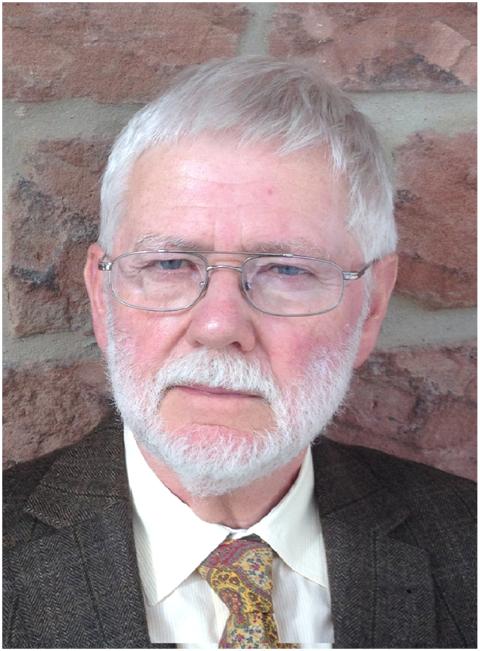


born in 1940
Diploma and PhD in Electrical Engineering
from the Technical University Karlsruhe,
Germany
Professor for Digital Systems:
State University of New York in Buffalo, NY
USA (3 years),
University of Hamburg, Germany (3 years),
University of Kaiserslautern, Germany
(24 years),
First Director of the Hasso-Plattner-
Institute in Potsdam, Germany
(6 years),
retired since 2005
This website has been created in 2016 when I already had been retired for eleven years.
I started to ask myself whether I had not gained, during my almost forty years as a university lecturer,
some insights worthy of outlasting my lifetime. I came to the conclusion that this is the case.
Thus, the next question immediately arose, namely, what I could do to promote this persistence.
Of course have my findings been published in books and journals. But today, this is not enough
to secure their persistence. For the technological change in the spread of texts has led to an
exponential growth of stored texts, and most of these don't have any future relevance. Therefore,
outstanding texts are now hidden like small nuggets in the sand of a beach. The probability of
finding them by chance is almost zero. You can find them practically only if you already know
that they exist, so you can search for them methodically.
So I wondered what I could do to increase the likelihood that in the near future, an appropriate part
of the relevant professional world would be confronted with my insights and begin to think about
their possible usefulness. To this end, I considered it necessary that I should prepare a website
containing an easy to understand representation of what I mean is the part of my knowledge that should last.
This could be made easily accessible in form of the corresponding URL.
The findings, which I think should last, can be divided into three chapters.
The first chapter presents the findings that I have found as a result of my search for types of graphic representations
which make it as easy as possible to communicate the complex structures of extremely large software systems.
From 1974 to 1977 I was able to develop the basic concepts for the solution of the problem, but it took another 25 years
for the final maturing. Both the members of my university group as well as the project participants in the German companies
Siemens and SAP contributed significantly to this maturing. Nowadays, my findings are now known as "Fundamental Modeling Concepts (FMC)".
The second chapter describes methods for the initial steps in the design process of digital systems.
The first paper describing these methods was published in 1970.
In the third chapter, the script of my lecture "Concepts of Programming" is presented. This shows how my teaching was shaped
by my "philosophical analysis" of the conceptual world of computer science. Especially in computer science there is a great danger
that the students are told "too much about the trees and too little about the forest so that they cannot see the wood for the trees."
My lecture was a real contrast program to the lectures "Introduction to Computer Science" and "Programming in the language XYZ"
as they are taught throughout the world.